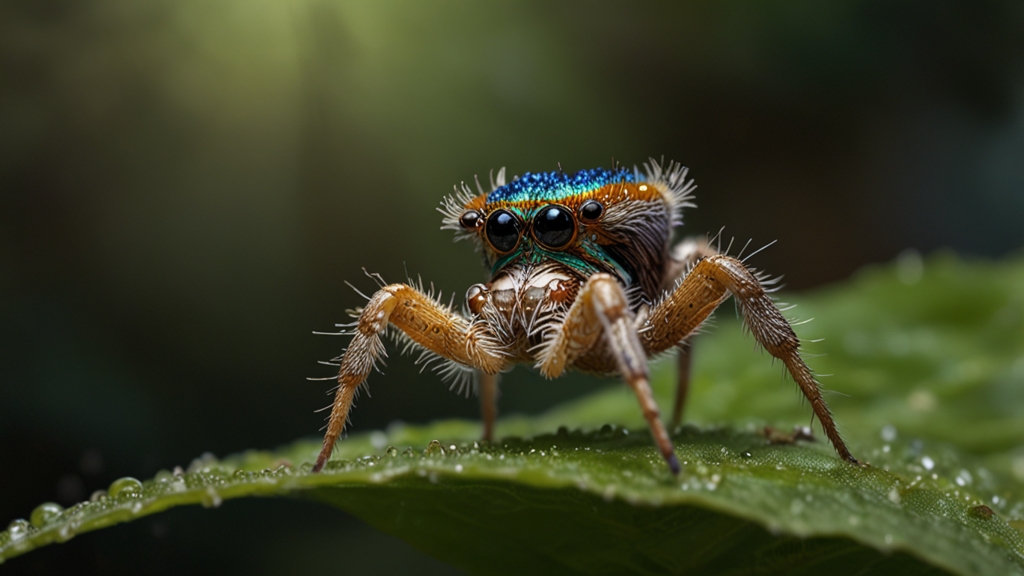Why Some Animals Are More Endangered Than Others
The plight of endangered species is a critical concern for conservationists around the world. However, it’s evident that some animals face a greater threat of extinction than others. Understanding the reasons behind this disparity is key to developing effective strategies to protect our planet's biodiversity. This article explores the various factors that contribute to the differing levels of endangerment among animal species.
Habitat Loss
One of the primary reasons some animals are more endangered than others is habitat loss. Human activities such as deforestation, urbanization, and agricultural expansion result in the destruction and fragmentation of natural habitats. Species that are highly specialized and dependent on specific habitats are particularly vulnerable. For example, the Sumatran tiger, which relies on dense forest ecosystems, faces severe threats due to extensive logging and development in Indonesia.
Conversely, animals that are more adaptable to different environments, such as the coyote, tend to be less endangered. They can thrive in a variety of habitats, including urban areas, making them more resilient to human-induced habitat changes.
Human Exploitation
Another critical factor is the degree of human exploitation. Animals that are hunted or collected for their parts, such as elephants for ivory or rhinos for their horns, are more likely to be endangered. Overfishing also places immense pressure on marine species like the Bluefin tuna and many shark species. These animals are targeted due to their high commercial value, leading to significant population declines.
“The commercial value associated with certain animal species drives their populations to the brink of extinction.”
Reproductive Rates
The reproductive rates of species significantly impact their vulnerability to endangerment. Species with low reproductive rates, such as the giant panda or the blue whale, are less capable of recovering from population declines. These animals produce few offspring over their lifetimes, making it difficult to rebound from threats like habitat loss or poaching.
In contrast, species with high reproductive rates, such as rabbits or rodents, can recover more quickly from population decreases, which generally makes them less endangered.
Climate Change
Climate change is increasingly becoming a significant threat to wildlife, with some species more affected than others. Animals that have specialized habitat requirements or those that depend on specific climate conditions may not be able to adapt to rapid environmental changes. Polar bears are a pertinent example, as they rely on sea ice for hunting. The melting of ice due to rising global temperatures drastically reduces their hunting grounds and threatens their survival.
“Rapid environmental changes due to climate change leave specialized species struggling to adapt and survive.”
Invasive Species
Invasive species can also exacerbate the endangerment of native wildlife. When non-native species are introduced into an ecosystem, they may compete with, predate on, or bring diseases to native species. This can lead to significant declines in native populations. For instance, the introduction of the brown tree snake to Guam has almost wiped out several endemic bird species.
Human-Wildlife Conflict
Human-wildlife conflict is another factor that affects the endangerment status of animals. As human populations grow and encroach on wildlife habitats, encounters between humans and animals become more frequent. Large carnivores like lions and wolves often come into conflict with humans, particularly when livestock is involved. Unfortunately, these conflicts often result in the killing of such animals, pushing their populations further towards endangerment.
Lack of Conservation Efforts
Lastly, the variation in conservation efforts can lead to differences in the endangerment levels of species. Some animals receive more attention and resources for their conservation due to their charismatic nature or their perceived importance in ecosystems. While species like the orangutan and the giant panda benefit from significant conservation initiatives, other less-known or less appealing species may not receive the same level of support, rendering them more vulnerable to extinction.
Conclusion
The reasons why some animals are more endangered than others are multifaceted, involving a combination of habitat loss, human exploitation, reproductive rates, climate change, invasive species, human-wildlife conflict, and conservation efforts. Addressing these challenges requires a coordinated and comprehensive approach, appreciating the unique vulnerabilities of different species. Only through such efforts can we hope to protect the diversity and health of our planet's ecosystems for future generations.









